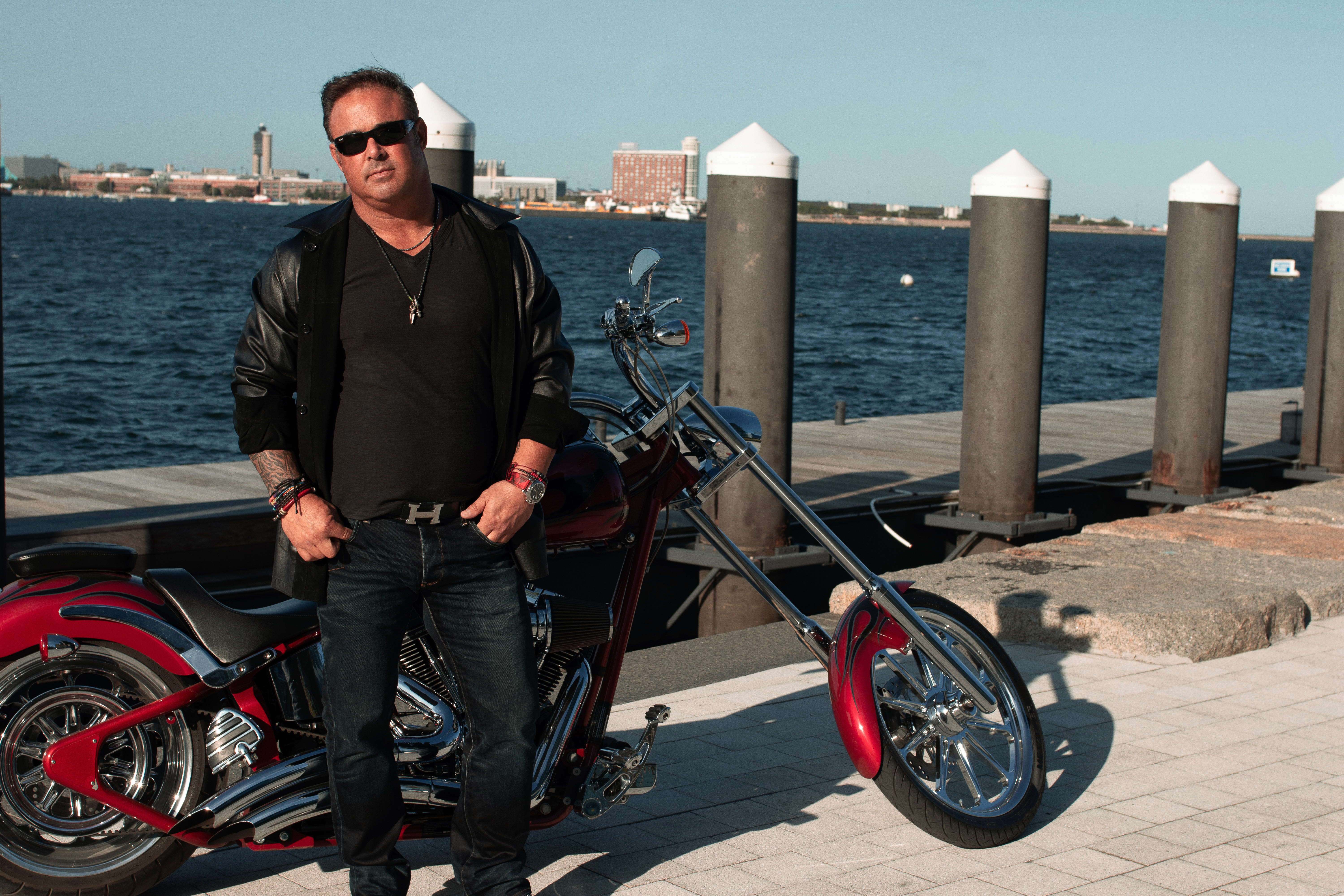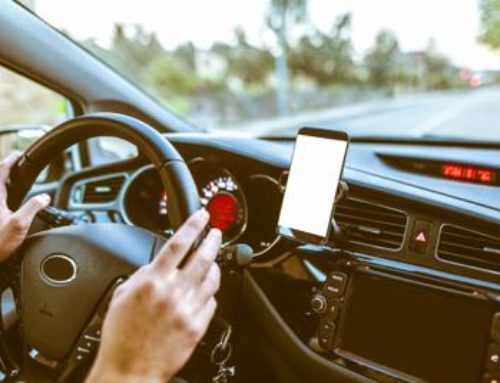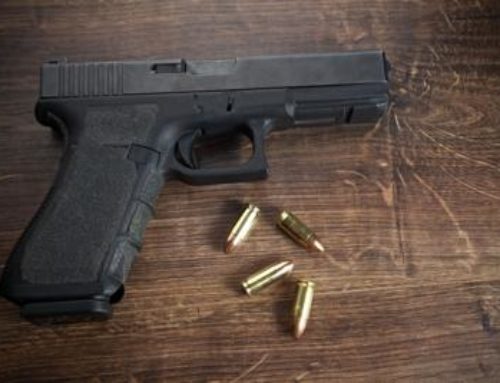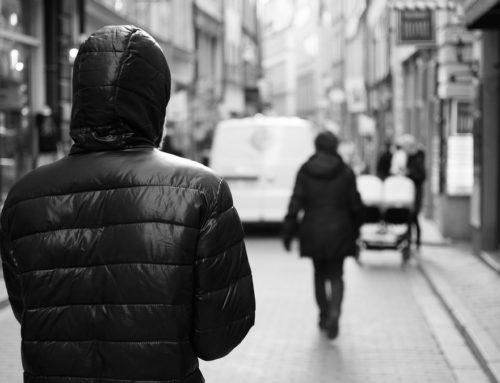Motorcycles can be fun, thrilling and give the rider a heart pounding burst of adrenaline. Our lead attorney, Marc, knows the thrill first hand as he is an avid rider himself! The warmer weather has arrived and more motorcycles are hitting the roads. Motorcycle events will be in full swing over the next few months, including rallies, biker parties, rides, charity and benefit events, swap meets and bike shows.
May is Motorcycle Safety Awareness Month and it’s the perfect time to remind everyone to be on the alert and to share the road safely. Both motorcyclists and motorists need to be aware of their surroundings because there are risks of potentially dangerous accidents & injuries.
The National Highway Traffic Safety Administration estimates that motorcycle crashes involving another motor vehicle continue to account for nearly half of all motorcyclist fatalities in the United States. When you travel in a car or truck, you are protected by the automobile itself, as well as seat belts, air bags, and other standard safety features. That’s not the case with a motorcycle, so you are significantly more vulnerable. Although, the number of motorcyclists killed in crashes dropped to 5,172 in 2017, a 3% decrease, motorcycle riders are still overrepresented in traffic fatalities.
From a statistical perspective, motorcyclists are 27 times more likely to die in a crash than other motorists. Don’t let the odds stack against you. Cruising the streets on a bike can be both exhilarating and safe.
The NHTSA has created a guidance document that offers a shift in approach to motorist awareness initiatives relating to motorcyclist safety. It’s called; Share the Road, It’s Everyone’s Responsibility: Tips for Drivers, Motorcyclists, Bicyclists and Pedestrians.
The document says for drivers, sharing the road begins with the understanding that bicyclists and motorcyclists have the same rights as you. They also face unique safety challenges, such as being smaller and less visible. Be aware that motorcyclists may have to downshift and weave to avoid bumps and road hazards. Just like drivers behind the wheel, bicyclists and motorcyclists must obey signs and signals. Ride defensively, assuming others cannot see you, and don’t let yourself be distracted by music, an electronic device, or anything else that takes your focus off the road. Motorcyclists: The number of people killed on motorcycles in 2017 was 5,172 …
- That’s a 3.1% decrease from 2016.
- However, motorcyclist fatalities in urban areas increased by 15% from 2008 to 2017.
- Motorcyclist fatalities in rural areas decreased by 25% in that time frame.
Remember, no one—no driver, cyclist, or pedestrian—has sole rights to the road. It’s a shared space where we all have rights and responsibilities.
To call attention to the dangers and vulnerabilities motorcyclists face on the road, The National Safety Council (NSC) offers six tips to help drivers and motorcyclists alike stay safe on the roads this May and all year long. Throughout Motorcycle Safety Awareness Month, NSC encourages motorists to share the road with motorcyclists and be extra alert when they are nearby. NSC’s tips include:
- Passenger car drivers must allow greater following distance behind a motorcycle.
- Drivers also must show extra caution in intersections. Most crashes occur when a driver fails to see a motorcyclist and turns left in front of a motorcycle.
- Drivers should never try to share a lane with a motorcycle. Always give a motorcycle the full lane width.
- Motorcyclists should avoid riding in poor weather conditions.
- Motorcyclists should position their motorcycles to avoid a driver’s blind spot.
- Motorcyclists must use turn signals for every turn or lane change.
Additionally, The U.S. Department of Transportation’s National Highway Traffic Safety Administration’s (NHTSA) has offered these tips. Drivers — please follow these safety tips to be more aware of motorcycles and to help keep all on our roadways safe:
- Slow down, assess your surroundings, and don’t rush when crossing intersections, entering the roadway from a parking lot or driveway, or turning left. Always give yourself enough time to thoroughly check for motorcyclists.
- When turning left, ensure there is enough time and space for the motorcyclist to clear the roadway before you initiate the left turn.
- Don’t follow motorcyclists too closely and allow sufficient braking cushion between your vehicle and the motorcycle in front of you to give your vehicle enough room to come to a complete stop without a collision. Remember, a motorcyclist’s brake lights might not always be engaged when a motorcycle decelerates.
- Always double-check your blind spots when changing lanes or starting to entering or exiting the roadways. Adjust your rear- and side-view mirrors and use them properly.
- If someone you know drives a motorcycle, tell him or her to always wear a helmet—even if the law doesn’t require it. According to NHTSA, an estimated 740 lives could have been saved in 2015 if all motorcyclists had worn helmets.
Allstate has helped round up some great tips on protective gear and safe riding techniques before you take your motorcycle out on the road again:
Equipment and Gear
It’s important to have the equipment and gear that helps keep you safe while you ride. For starters, the National Safety Council (NSC) recommends that riders choose a motorcycle that fits your body type and riding style. Your motorcycle should not be too big or too heavy for you to handle. Also, make sure you have the right type of motorcycle for your needs: street bike, off-road bike or dual-purpose bike. The National Highway and Transportation Association also recommends checking the tires, brakes, headlights, turn signals and fluids before you take your bike out. Also, make sure you’ve secured cargo.
Helmet Considerations
The NSC suggests that motorcycle riders wear a full-coverage helmet because it may offer the most protection. When purchasing a new helmet, look for the “DOT” sticker so that you know it meets the Department of Transportation’s safety standards. Do not buy a used helmet, as it can be difficult to tell if the helmet has sustained any damage. According to the Snell Memorial Foundation, you may also want to replace your helmet if it is more than five years old, as helmets degrade over time. to see if it meets the Department of Transportation (DOT) standards, look for the DOT sticker usually found on the back of the helmet.
Upper Body Protection
Motorcycle gloves can help protect your hands from the elements or during an accident, and they may also help you grip the handlebars. Look for full-fingered gloves that fit properly, says the Motorcycle Safety Foundation (MSF). In addition, long-sleeved jackets made of abrasive-resistant fabrics or leather can help protect against injury in the event of a crash, according to the MSF.
Lower Body Protection
Riding pants should also be made of abrasive-resistant materials, says the MSF. Boots should go over the ankle and feature oil-resistant, rubber-based composite soles for good grip.
Riding Skills and Habits
Beyond having the right motorcycle and protective gear, riders can help improve their safety by practicing some simple riding skills and knowing the rules of the road. The NSC recommends:
- Taking a motorcycle safety course
- Driving defensively, especially at intersections
- Driving within speed limits
- Looking for potential hazards, such as potholes, manhole covers, oil patches, puddles and gravel
- Always driving with your headlights on
- Position yourself where it’s easy for other motorists to see you
Making sure you have the right gear and proper training can help prepare you for a safe motorcycle season. When you make safety a priority, you may have more peace of mind while you’re riding down the open road.
The Team at Schulze Law sincerely hopes you stay safe and enjoy yourself when operating your motorcycle. Unfortunately, we know that regardless of how many precautions you take, accidents can still occur. If you’re injured in a motorcycle accident, the attorneys and staff of Schulze Law will ensure that you receive justice as the injured rider. Marc Schulze is personally invested in protecting you as a motorcyclist, as he is a rider himself.
CALL NOW: 857-300-5300 Emergency After Hours Number: 800-894-9267 XLAW1 (5291) for your free legal consultation.
https://www.nhtsa.gov/share-road-its-everyones-responsibility
https://www.nsc.org/
https://www.transportation.gov/
https://www.allstate.com/






